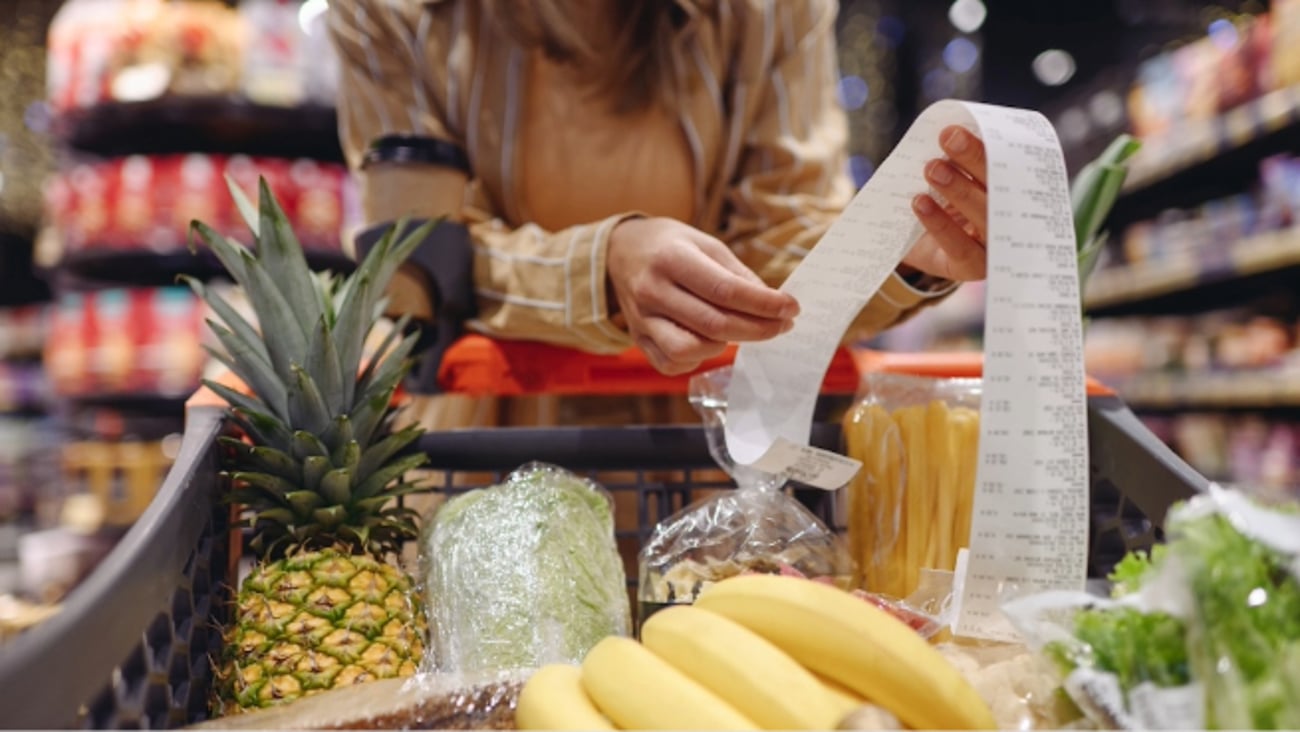QR codes are having a moment and it can change the food industry
Once deemed a clever tool used occasionally, mostly for marketing, the QR code can not only change how the food industry exchanges data with consumers, but it could also change our own expectations of how transparent our food supply chain can really become.
QR codes were invented in 1994 in Japan to provide the automotive sector with a larger data storage capacity than the standard UPC code we see on most products we buy. Other sectors quickly took note of the QR code’s advantages, including the food industry.
For years, the food industry has tried to figure out a way to make the entire food chain more transparent so consumers can understand what’s in the food they purchase at stores and in restaurants. How to convey the origin of all ingredients embedded in food products is no easy task unless consumers can intuitively use a piece of technology. Well, the pandemic reminded us we had the solution all along.
The pandemic has literally given QR codes a second wind. A recent survey by Dalhousie University estimates that about three in five Canadians have used QR codes at a restaurant or in a grocery store in the last month for payment services, marketing purposes and other industry aspects. Nearly 39% don’t use QR codes at all. That percentage is much lower among millennials and gen Z. The rate of usage in Canada is arguably much higher than before the pandemic.
Since most of us have smartphones, access to data like menus, prices, instructions, or schedules via QR codes gave everyone a chance to live in a touchless world during the pandemic.But QR codes can also do much more than eliminate paper documents—the possibilities are virtually endless.
For years now, we have seen companies use blockchain technologies and QR codes as part of their food traceability strategy. With the hyper-digitization of the food industry, some retailers have used these codes with mixed results. In Europe and Asia, the use of QR codes is quite common. Carrefour in Europe and Germany’s Metro are already using them for more supply chain transparency. In North America it was seen as a novelty for tech-savvy consumers, which may very well change after the pandemic.
COVID-19 has made the use of QR codes more of a mainstream application, which can now open doors to a variety of new possibilities. The pandemic has made consumers more conscious of what goes on within the supply chain before food reaches store shelves or restaurants. People are concerned about workers’ wages and welfare in farming processing. To make better food choices, they also want to know more about ingredients and how they can increase some of their local purchases. In turn, the industry can learn more from consumers with more data trading. This could lead to a more market-based innovation, which is always beneficial.
Better traceability can also eliminate food fraud and make our entire food supply chain more transparent, but the QR code can't safeguard against this. QR-based solutions, due to the inherent ease of imitation, might incentivize counterfeiting. QR codes are cheap and incredibly easy to make, but they can also allow for data to be shared more easily.
Within a few years, consumers will expect the entire food supply chain to be fully transparent in real-time, and the industry will need to be ready for this. Given the prominence QR codes gained during the pandemic, they could become the consumer’s portal to the obscure part of the food industry.
Regardless of whether QR codes become the preferred solution, what has changed is that consumers now know the food industry can provide more transparency by empowering them via their smartphones, so they will likely expect it now.




